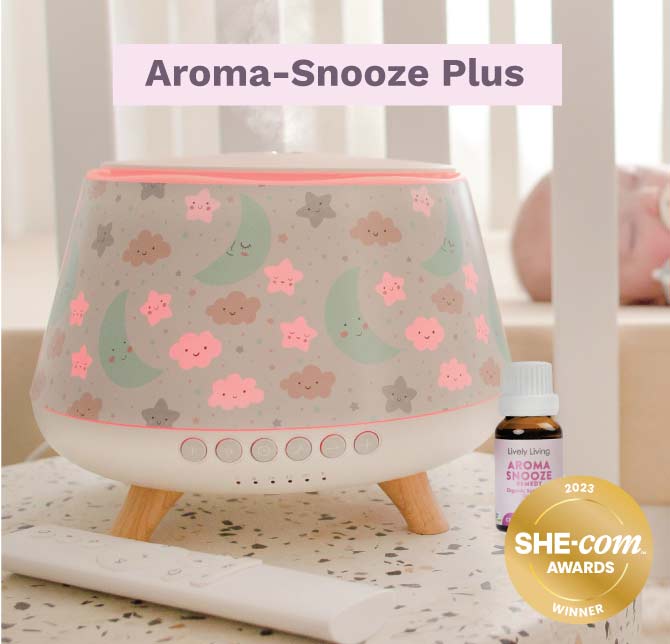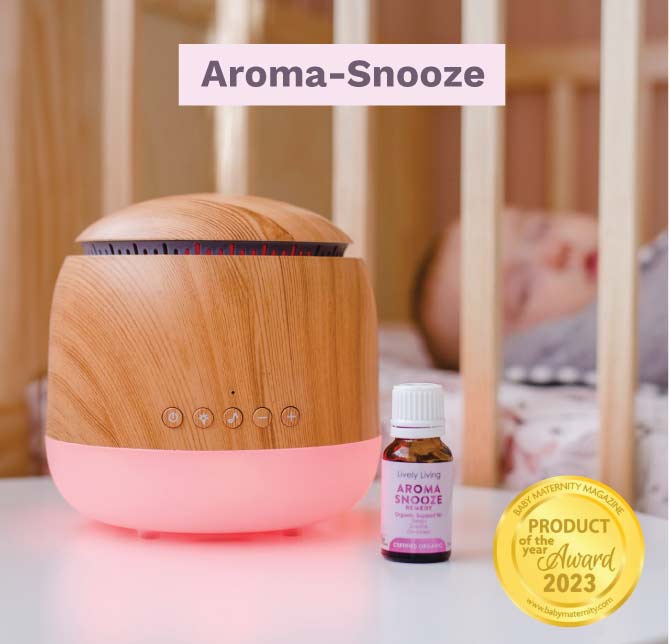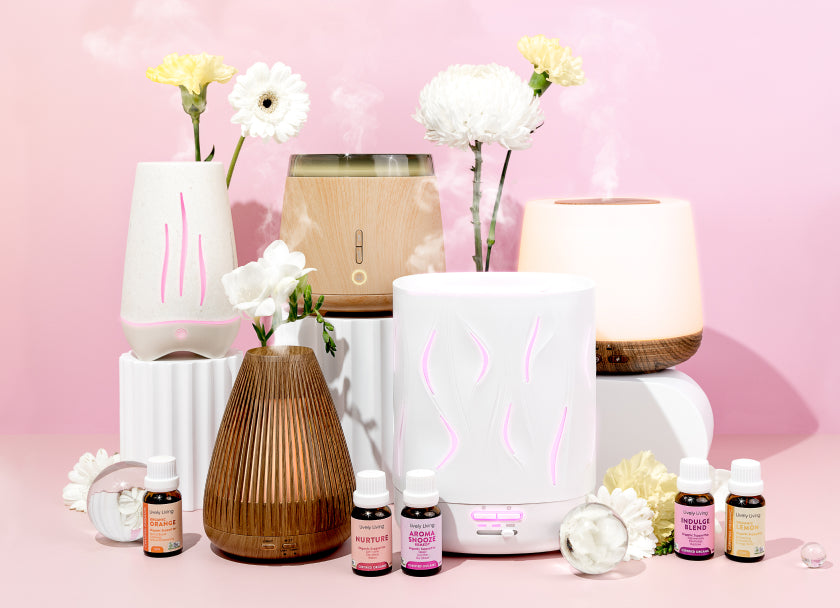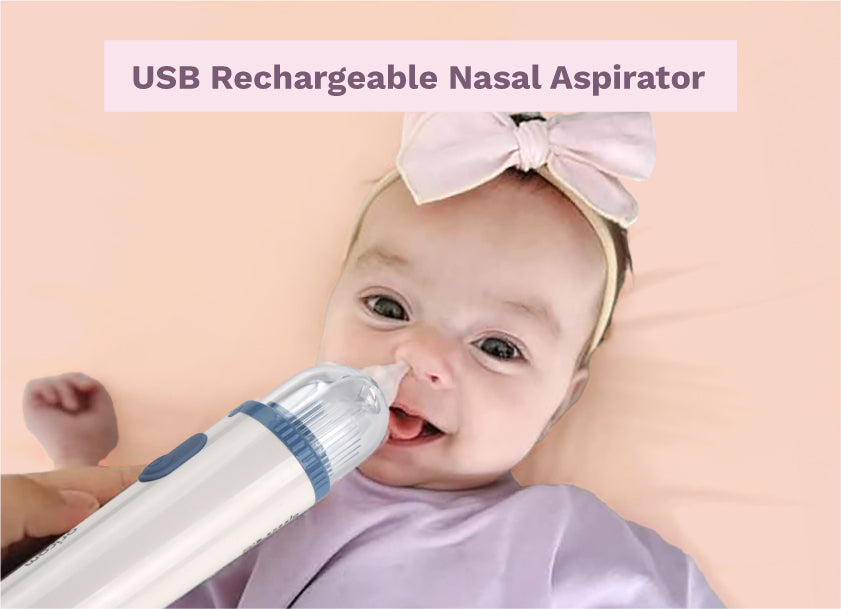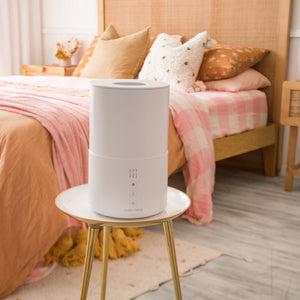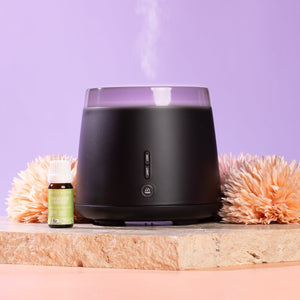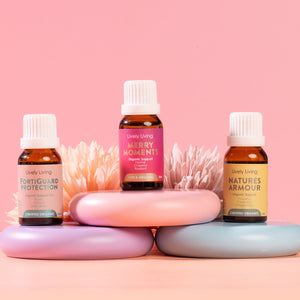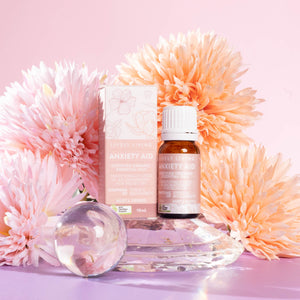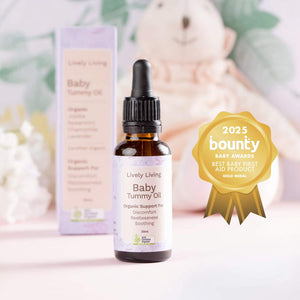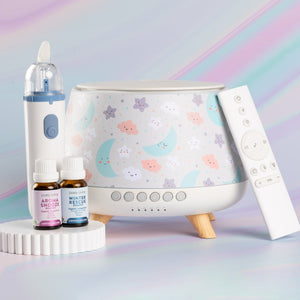Discover How Oil Diffusers Work for Aromatherapy Benefits
How do oil diffusers work? Many are curious to understand how these devices can help them benefit from essential oils, so let's take a look at the mechanics of oil diffusers. In this comprehensive guide, we delve into the mechanics behind these fascinating devices.
We'll explore different types of essential oil diffusers such as ultrasonic and heat-based evaporative diffusers. Each type operates uniquely; from using electronic frequencies to generate a fine mist in ultrasonic diffusers, to employing heat for evaporation in others.
Furthermore, we will discuss how diffusion aids aromatherapy by efficiently dispersing beneficial essential oils giving relaxation and revival effects. Lastly, we'll touch upon Lifestyle Packaging's role within the fragrance industry where home décor meets oil diffusers.
So let’s dive deeper into understanding how oil diffusers work - an intersection between science and wellness that promises a sensory experience like no other.
Table of Contents:
- Understanding How Essential Oil Diffusers Work
- Types of Essential Oil Diffusers
-
Aromatherapy Benefits with Essential Oil Diffusion
- FAQs in Relation to How Do Oil Diffusers Work
- Conclusion
Understanding How Essential Oil Diffusers Work
Essential oil diffusers are like tiny air fresheners that make your home smell amazing. They're the perfect combination of home decor and aromatherapy. Using them is a breeze.
Ultrasonic Diffusers: Making Magic with Water
Ultrasonic diffusers are the cool kids of the diffuser world. They use water to work their magic. Just add a few drops of your favorite essential oils like tea tree oil or eucalyptus oil to the water reservoir, and let the diffuser do its thing. It uses electronic frequencies to create vibrations that turn the oils into a fine mist. It's like a spa day for your nose.
No heat involved here, so you get all the benefits of the oils without losing any of their goodness. Adding moisture to the air is beneficial in dry climates or during winter, when your home can become quite arid.
Heat-Based Diffusers: Keeping It Warm and Cozy
Heat-based diffusers are the cozy ones. They use heat to release the aromatic compounds of the oils. Just place a few drops of your favorite cedarwood essential oil blend or any other scent you love on the ceramic carrier, and let the heat do its thing. It's like a little spa day for your senses.
No electricity needed here, just a trusty light bulb to warm things up. These diffusers are simple and low-maintenance. No cleaning regimens required, unlike those fancy nebulizing diffusers. Relax and bask in the delightful aroma.
Types of Essential Oil Diffusers
Enhance your living space with the therapeutic benefits of essential oils using different types of oil diffusers. From ultrasonic diffusers to heat-based evaporative diffusers, there's something for everyone.
Ultrasonic Diffuser
An ultrasonic diffuser uses electronic frequencies to create vibrations that break down essential oils into tiny particles. These particles are then dispersed into the air, creating a fine mist. This type of diffuser requires regular cleaning regimens but is highly effective at dispersing beneficial essential oils.
Heat-Based Evaporative Diffuser
A heat-based evaporative diffuser works by heating up the essential oil until it evaporates into the air. One example is lamp ring diffusers, which use a heated stone or plate. This method may reduce the potency of essential oils compared to other diffusion techniques.
Fan-Assisted Evaporative Diffuser
In fan-assisted evaporative diffusers, a small fan helps turn oil into gas without the need for heat or water. This is ideal if you want your home decor to meet oil efficiency. The Hyascent fragrance diffuser falls under this category, where reed sticks soak up scented liquid and give off a pleasant aroma when exposed to open air.
Nebulizer
Nebulizing diffusers don't require water or heat. Instead, they atomize pure essential oils and release them directly into the room atmosphere. This makes nebulizers one of the most efficient ways to spread aromatherapy benefits throughout your home environment.
- The Handmade Soap Company's Lemongrass & Cedarwood Essential Oil Blend is perfect for use with all types of high-quality home fragrance diffusers.
- Eucalyptus Oil clears airways and creates a refreshing ambiance when used in any kind of quality certified organic essential oil diffusers.
- If you're after year-long 21 gender-neutral fragrances around the house, Tea Tree Oil can be used in 15 different ways, including being added straight onto handmade soap bars.
Aromatherapy Benefits with Essential Oil Diffusion
Essential oil diffusers aren't just about making your space smell good. They also offer health and wellness benefits through aromatherapy. It's like a spa day for your nose.
Relaxation through Aromatherapy using Essential Oils
Utilizing essential oils like lavender or cedarwood can help induce a tranquil ambiance, aiding in the relaxation of both mind and body. It's like a mini vacation without leaving your home.
- Lavender: This soothing scent promotes sleep and reduces anxiety. Sweet dreams are made of lavender.
- Cedarwood: Get ready to zen out with this earthy scent. Find a moment of tranquility with the help of this calming scent.
Revival Benefits from Aromatherapy
Not all essential oils are about relaxation. Some can actually boost your mood and energy levels. It's like a cup of coffee for your nose.
- Citrus Scents: Need a pick-me-up? Citrus-based scents like lemon or orange can give you an instant energy boost. Hello, sunshine.
- Eucalyptus Oil: Breathe easy with eucalyptus oil. It clears your airways and leaves you feeling refreshed. Take a deep breath of the invigorating eucalyptus oil to feel instantly refreshed.
For those seeking a unique experience, there are numerous essential oil blends available to explore and enjoy. From lemongrass to cedarwood, there's a fragrance for every season and every mood. It's like a scent adventure.
FAQs in Relation to How Do Oil Diffusers Work
Is diffusing essential oils safe for your lungs?
Yes, when used properly, most essential oils are safe to inhale and may even support respiratory health, but don't go overboard and end up with a peppermint-induced coughing fit.
What are the disadvantages of oil diffusers?
The main drawbacks include potential allergic reactions, over-saturation leading to headaches or nausea, and the fact that some oil diffusers require more cleaning than your average toddler's high chair.
Are oil diffusers good or bad for you?
Oil diffusers, when used correctly with high-quality essential oils, can offer a range of benefits from relaxation to improved sleep quality, just don't go sticking your face directly in the mist and inhaling like a vacuum cleaner.
How many drops of oil do you put in a diffuser?
A general rule is to add 5-10 drops of essential oil per 100ml water, but if you're feeling adventurous, go ahead and add a few extra drops for that extra 'oomph.'
Conclusion
Understanding how oil diffusers work is essential for anyone interested in the benefits of diffusing essential oils.
There are different types of diffusers available, like ultrasonic diffusers and heat-based evaporative diffusers, each with their own unique way of functioning.
Ultrasonic diffusers use electronic frequencies to create a fine mist of water and essential oils, while heat-based diffusers rely on heat to release the aroma into the air.
By using these various types of oil diffusers, you can experience the relaxation and revival benefits of aromatherapy.
Whether you're creating a calming atmosphere or clearing the airways with eucalyptus oil, there are countless ways to enjoy the therapeutic effects of essential oils through diffusion.



